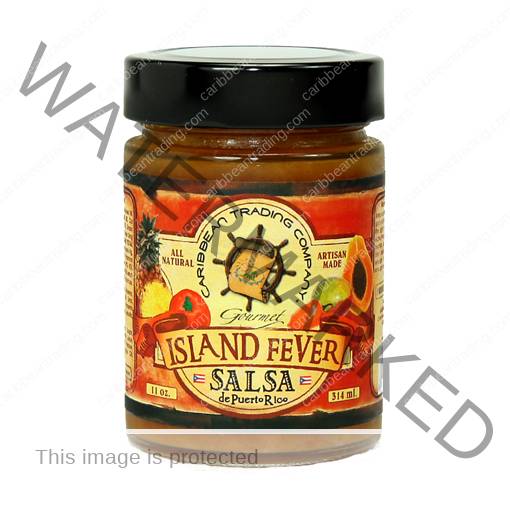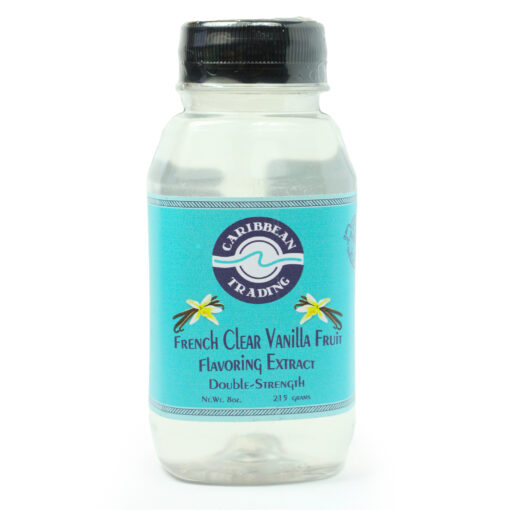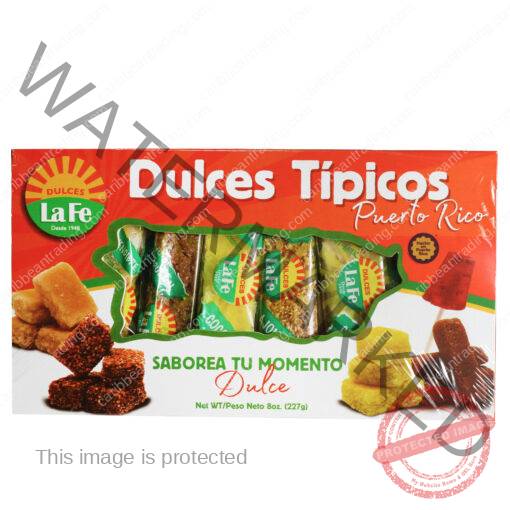Caribbean Lifestyle, Food & Recipes
Puerto Rican Arepa: The Recipe for an Amazing Dish
Arepas, also known as “Domplines,” is a traditional dish popular in some areas of Puerto Rico and other parts of Latin America. They are a staple food in many countries and are typically made from cornmeal or maize dough, which is formed into round, flat cakes and then cooked.
These dishes have variations added to the dough mixture, like coconut. Adding other ingredients gives these arepas a unique flavour and slightly different texture, a tradition of each Central American country.
Making different types of arepas is similar to preparing regular ones. The ingredients are incorporated into the dough mixture, then formed into rounds and cooked on a grill or skillet until golden brown and have a crispy outer layer.
The combination of the corn flavour and the crispy texture makes dumplings a delightful treat with a tropical twist. Remember that traditional recipes and variations might differ based on regional preferences and culinary creativity.
The Origins of Puerto Rican Arepa
Puerto Rican arepas are a traditional delicacy with cultural significance on the island. It’s a type of bread fried to a crispy golden brown with a delightful flavour.
While there isn’t a single definitive origin story for this recipe, its creation is deeply rooted in Puerto Rican history and culinary traditions.
The bread is believed to have origins in the African diaspora and the fusion of African, Spanish, and Indigenous influences on Puerto Rican cuisine. Many of the traditional foods in Puerto Rico have been shaped by the history of colonization, slavery, and cultural exchange.
The specific details of the origin story might vary, but what’s clear is that the recipe has been passed down through generations and has become an integral part of Puerto Rican culinary heritage. It’s commonly enjoyed as a snack or dessert, and its popularity extends beyond the island’s shores.
How to Prepare Arepas
Preparing these delightful arepas isn’t very hard; learning its recipe is simple. Before doing it, gather all of the needed ingredients, such as:
- 2 cups pre-cooked cornmeal (pre-cooked white or yellow cornmeal is commonly used for arepas)
- 1 teaspoon salt
- 1 tablespoon sugar (optional; adjust to taste)
- Warm water
- Butter or oil for cooking
- 2 cups of grated fresh coconut (optional, only if you want to make coconut arepas)
To prepare it, combine the pre-cooked cornmeal, salt, sugar and coconut (if using) in a large bowl. Mix well to evenly distribute the ingredients.
Gradually add warm water to the mixture while kneading it with your hands to form a soft and pliable dough. Keep adding water until the dough comes together and is easy to handle. Once the dough is formed, let it rest for about 10-15 minutes. This will allow the cornmeal to absorb the moisture.
After resting, shape a handful of dough into a ball. Flatten the ball slightly to form a thick disc, about 1/2 to 3/4 inch thick. Heat a skillet or griddle over medium heat and grease it with a small amount of butter or oil.
Place the shaped arepas on the skillet. Cook for 5-7 minutes on each side until golden brown and have a slightly crispy crust. Cover the skillet with a lid to ensure the arepas cook through.
Once the arepas are cooked, remove them from the skillet and let them cool slightly before serving. Domplines are commonly enjoyed as a side dish or snack. They can be served with butter, cheese, jam, or any other topping you choose.
Differences Between Puerto Rican and South American Arepa
Puerto Rican and South American arepas are similar as they are both made from cornmeal and are popular street foods. However, the two have distinct differences in their origins, preparation methods, fillings, and flavours. These are the most apparent differences:
Origin and Cultural Background
Puerto Rican Arepa is a traditional dish quite different from the South American version. Puerto Rican arepas are like thick cornmeal pancakes, often enjoyed as a breakfast or snack item.
The South American dish is a staple in several South American countries, notably Venezuela and Colombia. They are an integral part of the cuisine and can be found in various forms, such as street food and homemade dishes.
Preparation and Cooking
The arepas from Puerto Rico are typically made by mixing cornmeal with water or milk to form a batter. The batter is then poured onto a griddle and cooked until both sides are golden brown. They are thicker and more pancake-like in texture.
Venezuelan and Colombian arepas are made from pre-cooked cornmeal called “macarena.” The dough is formed by mixing masarepa with water and sometimes a pinch of salt. The dough is shaped into flat, round discs and then grilled, baked, or fried until it develops a crispy crust and a soft interior.
Shape and Texture
Caribbean ones are generally thicker and fluffier due to the batter-like consistency. They can be similar to pancakes in texture and are often enjoyed with butter, cheese, or jam.
Its counterpart is usually thinner and has a denser texture. They have a crispy exterior and a softer interior, making them ideal for filling with various ingredients.
Fillings and Toppings
Traditional Puerto Rican arepa is often served with cheese, butter, or local spreads. Sweet versions might be enjoyed with honey or other sweet toppings.
South American arepas are known for their versatility in terms of fillings. They can be sliced open and stuffed with various ingredients such as cheese, meats, beans, eggs, avocados, and more. The fillings can vary based on regional preferences.
Flavors and Varieties
In Puerto Rico, arepas have a milder flavour and can be both sweet and savoury, depending on the toppings used.
People of South America make arepas in a broader range of flavours due to the various fillings and toppings. They can be enjoyed as a meal or snack with different combinations of ingredients.
How to Prepare Stewed Puerto Rican Beans and Domplines (Arepas)
Stewed Puerto Rican beans and arepas (known as Beans and Domplines for this dish) are another exciting recipe for tourists or enthusiasts. It’s straightforward, quick to do, delicious, and addictive.
To prepare it, you’ll need to follow the arepas recipe and start with the beans and rice if desired. These are the necessary ingredients:
- 2 cups cooked red kidney beans (canned or freshly cooked)
- 1/2 cup sofrito (a mixture of sautéed onions, peppers, garlic, and herbs)
- 1 packet sazón seasoning (optional, for extra flavour)
- 1 teaspoon ground cumin
- 1 teaspoon dried oregano
- 1 bay leaf
- 1/4 cup tomato sauce
- 1/4 cup diced ham, chorizo, or other meat (optional)
- 2 cups vegetable or chicken broth
- Salt and pepper to taste
- Olive oil for cooking
- 2 cups white rice
- 4 cups water
- Salt to taste
As for the preparation, heat some olive oil over medium heat in a large pot. Add the sofrito and sauté for a few minutes until fragrant. Add the diced ham or other meat (if using) and cook until browned. Stir in the sazón seasoning, ground cumin, dried oregano, and bay leaf. Let it cook for another minute.
Add the cooked kidney beans and tomato sauce to the pot. Mix well to combine. Pour the vegetable or chicken broth and bring the mixture to a simmer. Allow the beans to cook for 15-20 minutes, stirring occasionally. You can add more broth or water if the mixture gets too thick.
Season the stew with salt and pepper to taste. While the beans are simmering, prepare the rice. Rinse the rice under cold water until the water runs clear.
In a separate pot, bring the water to a boil, add the rice and salt, then reduce the heat to low, cover, and let the rice cook for about 15-20 minutes until the water is absorbed and the rice is tender. Remove the bay leaf once the beans are cooked, and the flavours are well combined.
Conclusion
The arepa is a testament to the rich cultural tapestry that defines Puerto Rican cuisine. With its blend of indigenous and Spanish influences, this dish not only tantalizes the taste buds but also tells a story of heritage and tradition.
From its humble origins to its modern-day adaptations, the Puerto Rican arepa has proven its versatility and ability to unite people over a shared love for food.
As people savour each delicious bite, it reminds them that culinary creations like the Puerto Rican arepa have the power to transcend borders and connect many people with the heart of a culture. Remember that you can also find many other exciting Puerto Rico recipes at our Caribbean Trading site.







